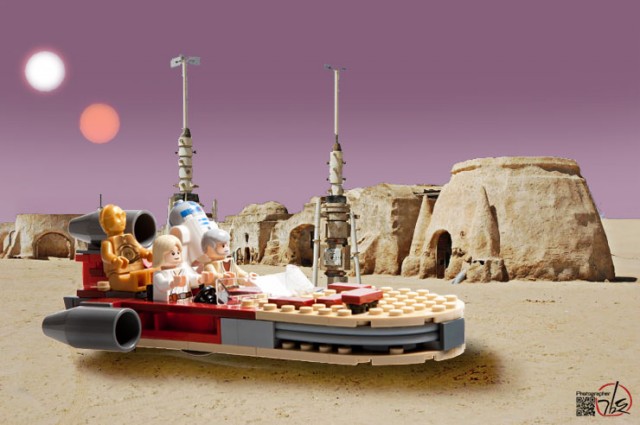Star Wars planets migrate into position around stellar pairs
Ars Technica » Scientific Method 2014-02-24

Planetary science is beginning to catch up with science fiction. Since the launch of the Kepler space telescope in 2009, a deluge of planets outside of our solar system has been found, with many oddball, exotic worlds among them. One of Kepler’s most exciting discoveries was proving the existence of circumbinary planets: planets that orbit two stars, which are themselves bound together by gravity in an often-tight orbital dance.
Luke Skywalker’s home planet of Tatooine—invented by George Lucas for the Star Wars series—was envisioned to exist in this kind of binary system. Now, using computer models, a team from Bristol University has shed more light on how this kind of planet was formed.
In the beginning
Planetary scientists are in general agreement that planets form inside a thin, gaseous disk surrounding nascent stars. Within this disk, solid particles (evocatively named “dust”) collide and progressively grow to asteroid-sized bodies. These bodies, called planetesimals, are the essential bricks of planet formation. Further collisions among them build protoplanets—rocky, Earth-sized bodies.
Read 12 remaining paragraphs | Comments